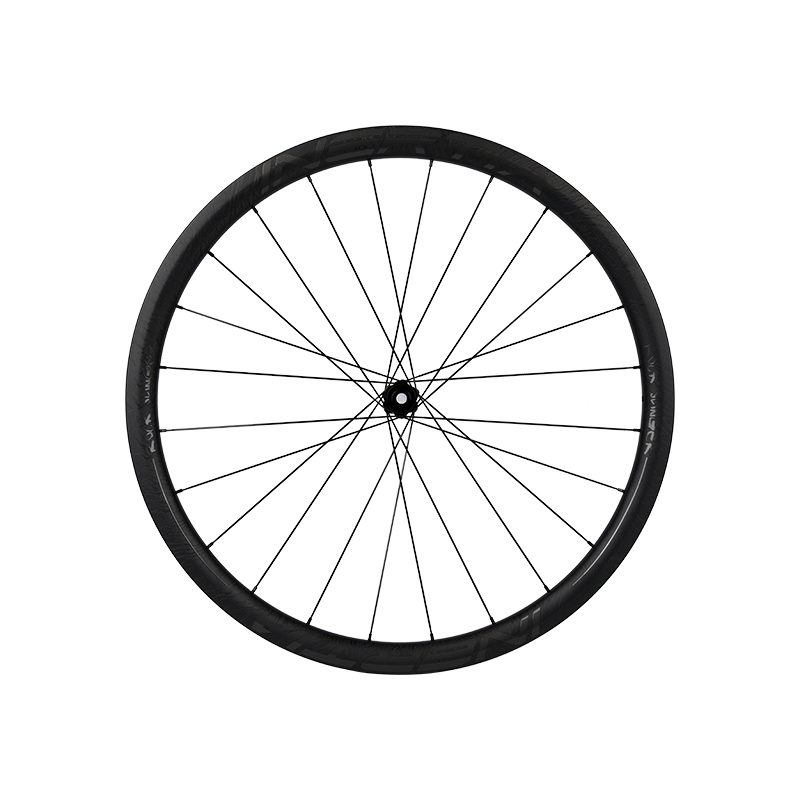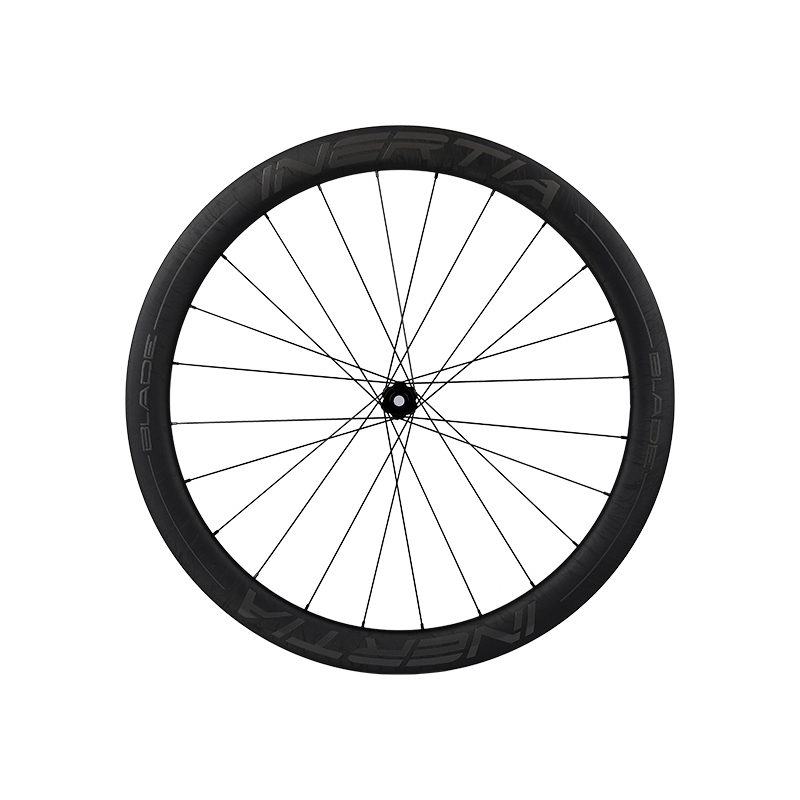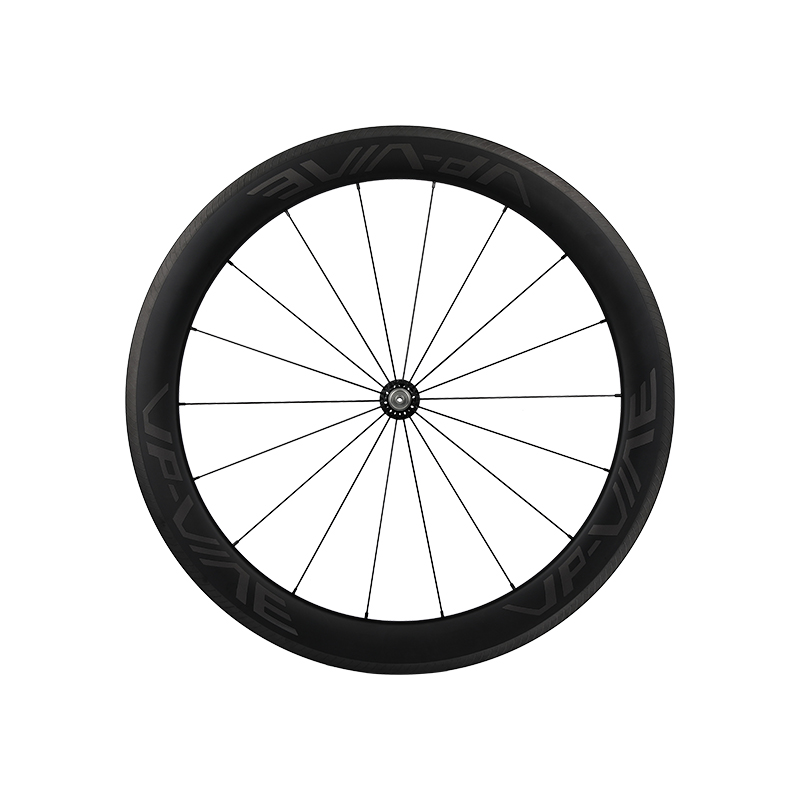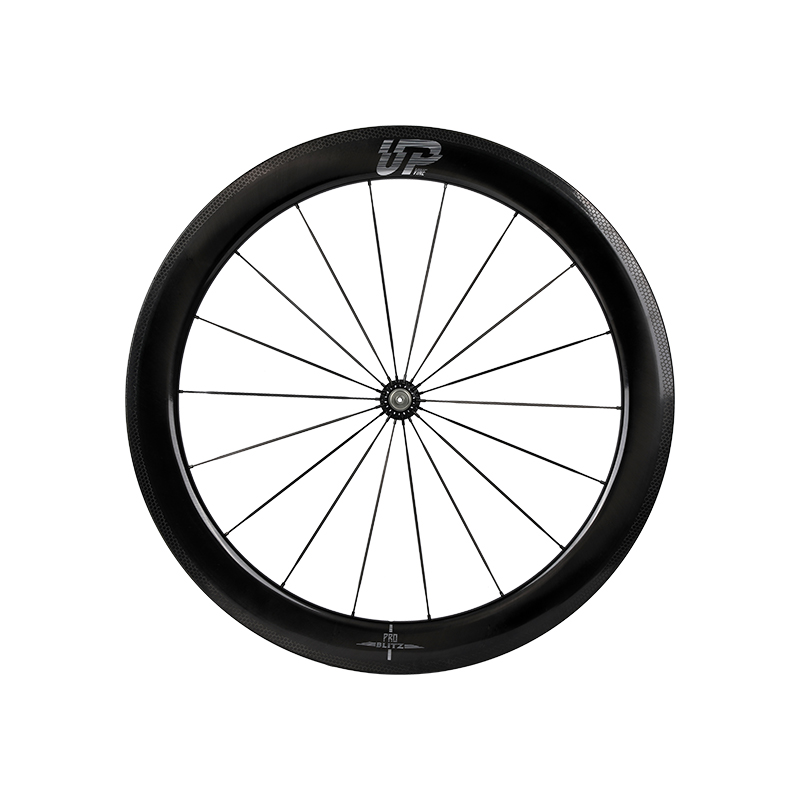The Bicycle Inertia Wheels creates a gyroscopic effect that makes it more stable and helps to keep the bicycle upright. This stability is helpful for beginner cyclists or those with balance issues, but it can also be beneficial for experienced riders who are riding in rough terrain or at high speeds.
The shape and surface of a bicycle wheel affect its aerodynamic performance. The size of the rim, the spokes, and the tire all play an important role. A deeper rim section generally is more aerodynamic than shallower rim sections.

If you want to add inertia to your bike, the best way is to use a bicycle wheel that spins quickly. These wheels, also known as flywheels or gyroscopic wheels, are made to spin rapidly and create a gyroscopic effect that helps to stabilize the bike.
A dynamically weighted wheel is a wheel that uses sprung moving weights to exploit the “flywheel” effect at higher speed. These weights move outwards as the wheel is accelerated, increasing the moment of inertia and making it more effective at higher speeds.
While a dynamically weighted wheel does have a slight advantage over a normal wheel at low speed, this advantage is not significant enough to matter. It is akin to having a system of weights on your shoe that increases the amount of energy transferred to your foot while you are walking.



 Español
Español













